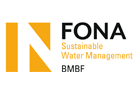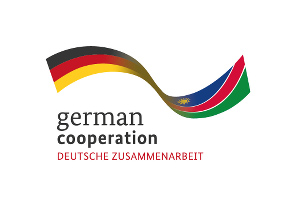Achievements
- Enough water of high quality is available for the users to cover their basic needs. Adaptation of three plants to Namibian conditions has been successful.
- Valuable experience with small-scale decentralised desalination plants has been gained.
- People have been trained to ensure plant operation and maintenance.
- Health conditions have improved, e.g. fewer diarrhoea incidents and increased subjective well-being in general.
- The plants were handed over to the Namibian Ministry of Agriculture, Water and Forestry (MAWF).
Investments
Costs for desalination are highly dependent on site conditions, especially on the prevailing salt content and the preferred freshwater quality. The existing infrastructure (electricity, tarred roads, foundations, security etc.) makes a remarkable difference in terms of investment and maintenance costs. The source of energy is also very important with regard to running costs (when conventional energy sources are used) or investment costs (when renewable energy sources like the sun are used). Looking at the replication case, the estimated dynamic generation costs are below 15 €/m³, including the investment, and substantially below 8 €/m³ if only O&M is considered. This is in the same range of full-cost estimates for supplying the project sites with alternative options, e.g. tank water or pipeline extension. The various different technologies exhibit different cost structures in accordance with their specifications and suitable areas of application.
Technical data
| Desalination plant | Salinity of raw water at sites [µS/cm] | Max. treatable salinity [µS/cm] | Salinity of product water [µS/cm] | Daily water production [m³/d] |
|---|---|---|---|---|
Pro aqua | 35,000 | 70,000 | 980 | average: 3.3 max. reached: 4.7 |
Fraunhofer ISE | 35,000 | 150,000 | 480 | average: 0.8 max. reached: 1.7 |
Terrawater | 7,500 | 280,000 | 6 | average: 1.4 max. reached: 2.1 |
Solar Institute Jülich/IBEU | 7,500 | 280,000 | 5-10 | average: 0.5 max. reached: 0.6 |



